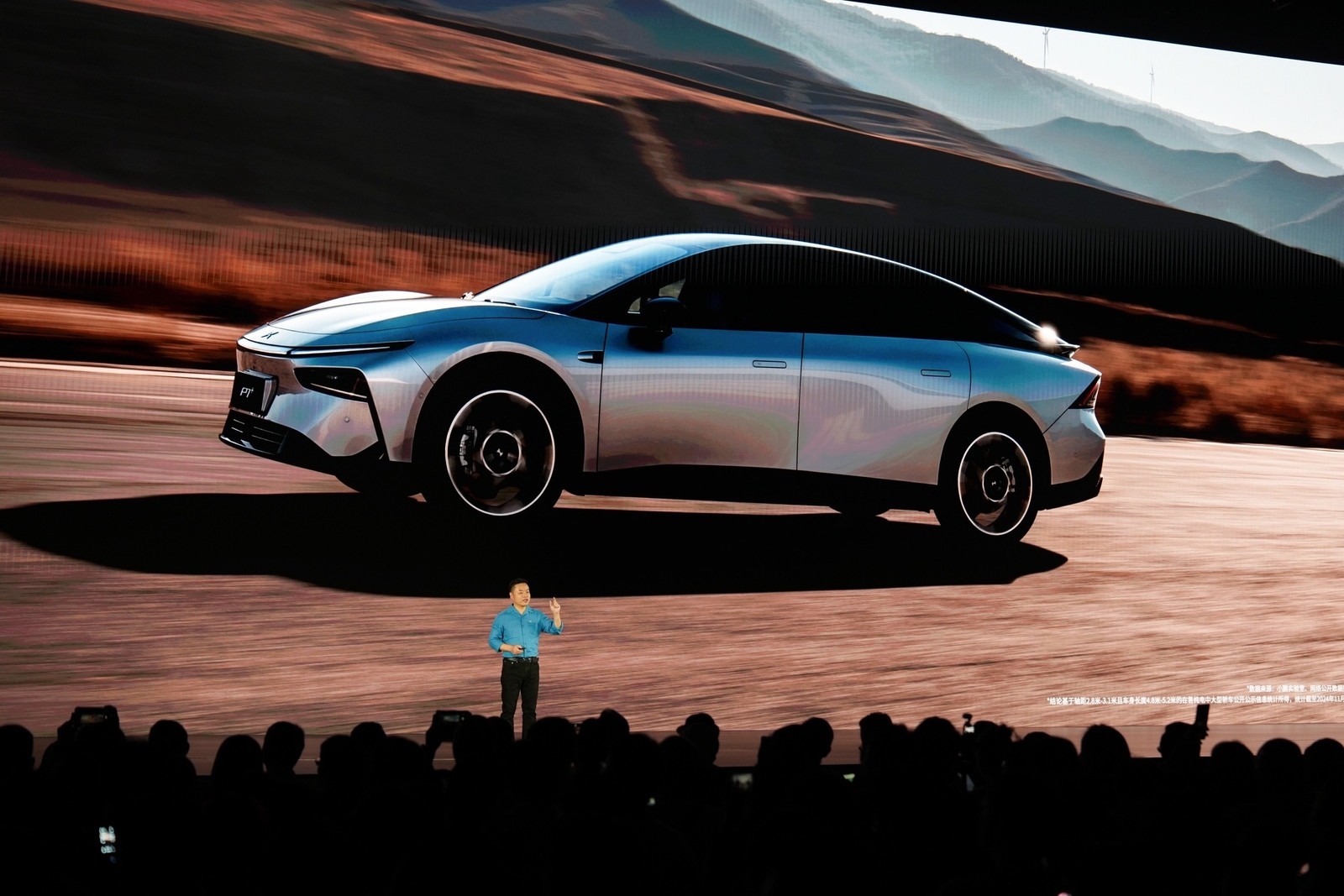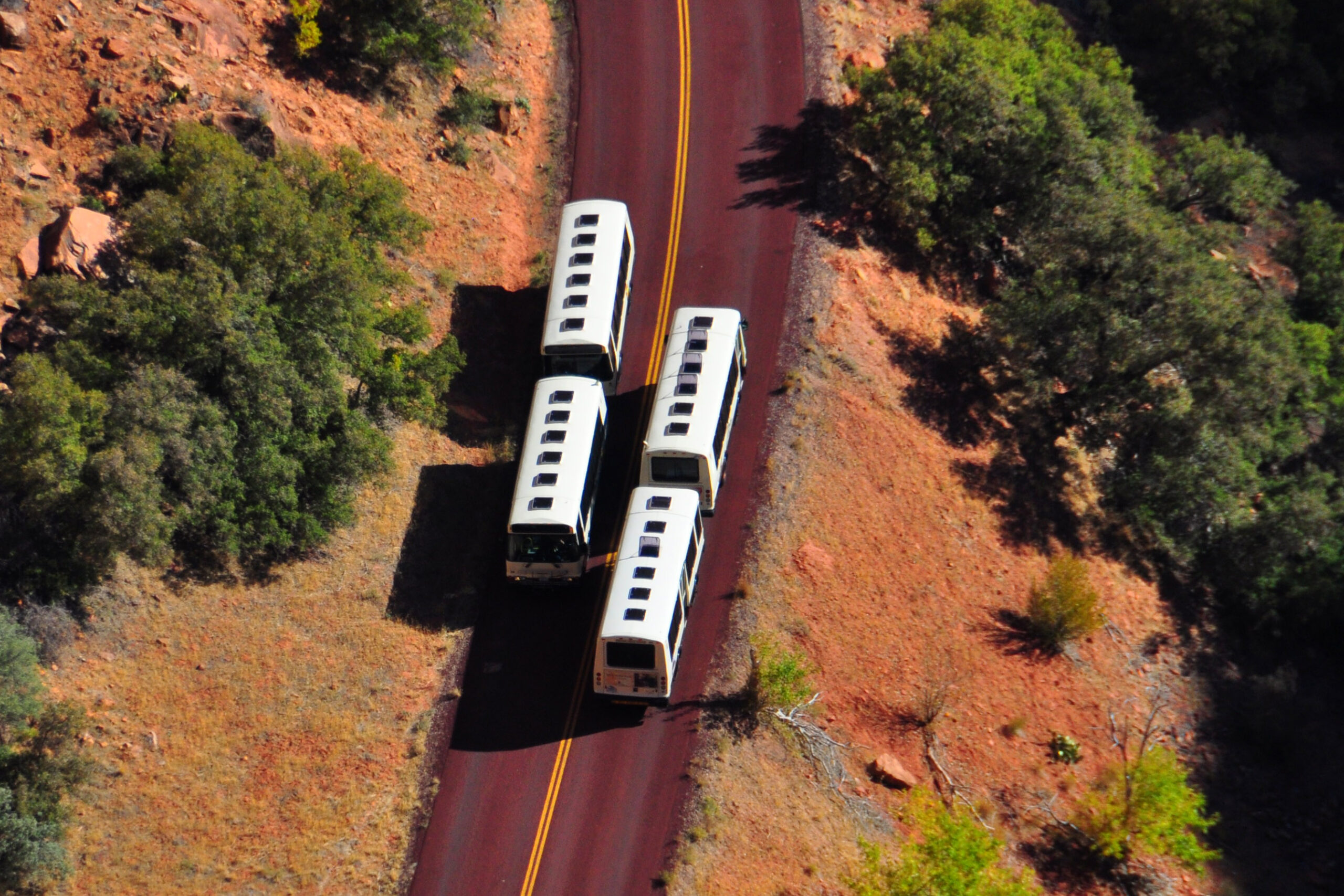Sign up for daily news updates from CleanTechnica on email. Or follow us on Google News!
One thing that really sucks about range testing is that you can never get to the absolute bottom of the pack without some serious inconvenience. I haven’t run my Bolt EUV to dead, but I ran my 2018 Nissan LEAF to dead several times.
The first time, I was driving from Phoenix to El Paso before there were any Electrify America stations. After spending the night at an RV park in Willcox, Arizona, I hypermiled my way to Deming, New Mexico, to spend some more time at an RV park there. But the LEAF died about a half mile away, and I had to push it. Fortunately, some nice guys helped me push it part of the way and my wife was able to steer it up to the pedestal.
Another time, going the other direction to Phoenix, I decided to try to skip Willcox, going from a sketchy RV park in Lordsburg, New Mexico, all the way to Tucson to catch an EVgo station. I accidentally pulled into the wrong parking lot, and it died just feet away from the charger, but with a brick wall in the way. So, I pushed it back onto the street with enough force for my wife to coast it in.
But, the third and last time the LEAF died, I was about two miles from home, on the side of I-10, and with a big hill between me and my exit. Most family was out of town, so I had to call for a tow. After a half-hour wait, the car was dropped in my driveway and I was able to charge up while I slept.
Given these bad experiences, I basically never do a full range test on a car. It’s inconvenient, and maybe even a little painful and dangerous. So, to test range, I’ll just get a reading on efficiency doing different things and extrapolate to the best figure I can get for useable battery pack capacity.
But, Out of Spec Reviews came up with a better solution that isn’t the most environmentally friendly one, but given that it’s only used to provide a few miles of range to get back to a charger after running dead, it’s not that big of a deal. (article continues after embedded video)
Instead of calling for a tow truck or charging Level 2 from a big power station or something, the crew built a mobile charging stations, not unlike the charging stations that Tesla deploys sometimes. They rented a big diesel genset from Sunbelt Rentals, and then mounted a small Level 3 charging station on the tongue. This is then pulled along behind an electric truck that can then tend to the trucks when they finally run completely out of range.
Mobile DC charging in the works! @Out_of_Spec @itskyleconner pic.twitter.com/KRNTIDiEVK
— Max Patten (@MaxPatten) March 18, 2024
The goal here was to test a Cybertruck, a Rivian R1T, a Silverado EV, and an F-150 Lightning to see not only what their range is, but go all the way to absolute zero. This tells us not only what the actual range is, but also gives you an idea of what the buffer is below zero. To test this, all of the trucks were tested at 70 MPH on the highway and run until they literally couldn’t go anymore.
Not long into the video, they give out the data.
As expected, the Silverado EV’s giant battery gave it giant range, but it fell short of its EPA rating. The Rivian got the second-best mileage, and almost met the EPA range. The Tesla Cybertruck met its range at about 300. The F-150 Lightning fell a little shorter and also didn’t meet EPA ratings. None of these trucks should be judged for failing to meet the EPA’s rating, as it’s terribly unrealistic (which leads to this kind of real-world testing).
To test, they ran out into Wyoming and then Nebraska along the interstate until a designated exit, and then started heading back. When the F-150 died, he didn’t have a chance to get it out onto a frontage road for a safer dead stop, so he had to pull onto a wide shoulder and wait for the diesel charger. Using the mobile DCFC setup, they were able to get the F-150 to a normal charger.
The other trucks were likewise hard to predict a stop on. A similar thing happened next with the R1T, stuck on the side of the interstate instead of on a frontage road, but there was no barrier between it and the grass between it and the frontage road. The Cybertruck managed to get off the interstate at the very end and died on a side road ready for a tow instead of a genset charge. The Silverado ended up dead along the side of the interstate, but they were able to find a safe place to pull it to the side away from traffic, and needed some diesel charging for safety.
Interestingly enough, the Silverado EV managed to barely beat a similar range result compared to the Lucid they tested previously. But, to know who the real “range king” is, they’ll need to test both of them on the same day on the same roads to get a fair comparison.
Sadly, the Cybertruck’s 48v system meant that the truck was actually dead and needed a jump to be able to actually charge. This wasn’t a simple matter of popping the hood, because the frunk doesn’t open without getting jumped itself first. So, they had to do some work to open it, find the low voltage battery, and jump that to get the electronics going enough to charge the vehicle on a L2 charger.
The Silverado also had some issues. The truck wouldn’t go into gear after a short charge, and it wouldn’t charge up more, so they had to get someone to bring a 10mm wrench to disconnect the battery and reset the electronics. This helped get them to the charger 2 miles away. He wasn’t able to go faster than 26 MPH because the hood wasn’t fully closed. Yes, he’s right that you need to keep a 10mm wrench with you if you own a Chevrolet EV.
All in all, this was an interesting experiment, but it’s something most people who are more cautious will never encounter.
Featured image: a screenshot from the embedded video.
Have a tip for CleanTechnica? Want to advertise? Want to suggest a guest for our CleanTech Talk podcast? Contact us here.
Latest CleanTechnica TV Video
CleanTechnica uses affiliate links. See our policy here.






